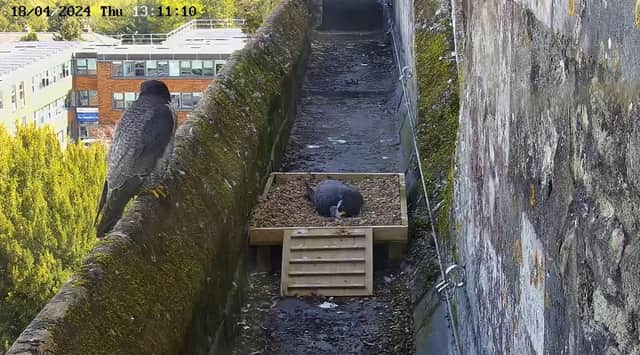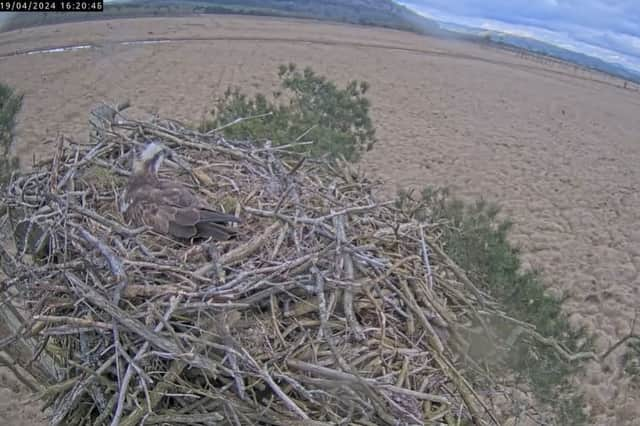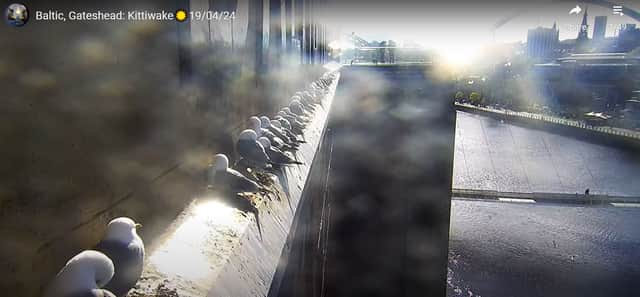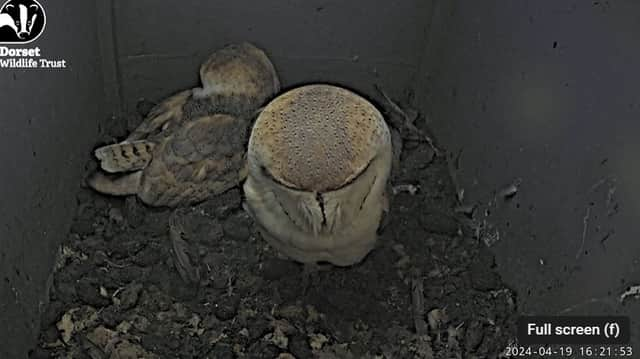How to be a birdwatcher from home: Spring 2024's best online 'nest cams' across the UK
This article contains affiliate links. We may earn a small commission on items purchased through this article, but that does not affect our editorial judgement.
and live on Freeview channel 276
As we move past the early days of spring, it’s a birdwatcher’s world out there - with the courting and nest-building days over, and the likelihood of spotting eggs or adorable chicks on the rise.
Birdwatching - or ‘birding’ - has surged in popularity in recent years. The wildlife-oriented hobby spans continents, with the RSPB’s Big Garden Birdwatch in the UK and the Cornell Lab of Ornithology’s Global Big Day both seeing huge peaks in participants - particularly following the coronavirus pandemic and its lockdowns.
Advertisement
Hide AdAdvertisement
Hide AdIt’s even striking up a growing following amongst the younger generations, and many are taking to social media to share their love of all things avian. The hashtag #birding has more than 200 million views on TikTok, the Mirror reports, while the catchall phrase #birdwatching has a whopping 6.1 billion.
The hobby is also a fantastic way to spend more time outdoors, engaging with nature. But unfortunately, studying or working from home or an office can seriously cut into your birdwatching time, trapping you indoors for those lucrative daylight hours.
Luckily, we now live in a world of livestreams - and our beautiful British birds are no exception. There are dozens of high quality, online ‘nest cams’ from right across the UK, which will not only fill the bird-shaped hole in your life, but can give you a unique, up-close-and-personal look into their secret lives during nesting season. Here are some of our favourites to tune in to:


Winchester Cathedral falcons
Peregrine falcon nest cams are popular across the UK, due to the raptor species’ tendency to nest on the same tall city buildings year after year. But the Winchester Cathedral stream has to be one of the best, with drama playing out to rival any soap opera.
Advertisement
Hide AdAdvertisement
Hide AdThis year’s breeding season began with a suspected murder. The cathedral’s regular pair, Winnie and William, were spotted investigating their usual nesting box right on schedule this year. But a third bird was also sighted - a much younger, female falcon. Shortly after, Winnie was found dead; with experts believing the mum of 27 has been despatched by her romantic rival.
The falcon in question has been named Mel, and she and William are already quite cosy. So cosy in fact, that last week she laid two eggs, and is now monitoring them around the clock. You can check out the new parents as they wait for their new brood to hatch here.


Foulshaw ospreys
Operated by the Cumbria Wildlife Trust, this camera lets you get up close and personal with a pair of ospreys who nest year-after-year at the Foulshaw Moss Nature Reserve. While also birds of prey, ospreys - with their vivid yellow eyes and striking dark-coloured face markings - are quite special.
Their British population was once almost wiped out; reduced to a single breeding pair in Scotland. Thankfully, the fish-eating raptors are now doing much better, and the reserve’s resident pair are the perfect example of that.
Advertisement
Hide AdAdvertisement
Hide AdWhite YW and Blue 35 have nested at the site for the last 12-odd years. They laid their first egg of the season this week - on a stormy night. As the Trust says, “perhaps this little osprey will be a wild one”. You can check the new parents out here.


Durham’s kittiwakes
Many of the UK’s seabirds are in serious trouble, and the kittiwake is no exception. These smaller, dainty gulls are on the conservation red list, and face mounting pressures, including the recent bird flu epidemic. Luckily, this breeding season is expected to be a doozy for them and their fellow seabirds - the iconic puffin - thanks to a new “lifeline” government policy which will protect their main food source for years to come.
The Newcastle-Gateshead Quayside is home to the most inland breeding colony of kittiwakes in the world, and the Durham Wildlife Trust runs a live webcam at the site from March through to August. You can get right into the thick of the 3,200-strong colony of these endangered birds here.


Dorset barn owls
This one is super cute. The webcam is actually physically inside the nesting box, meaning you get unparalleled views of these adorably round, sleepy owls as they snooze away the daylight hours.
Advertisement
Hide AdAdvertisement
Hide AdAccording to the Dorset Wildlife Trust which mans this camera, the pair laid their first egg weeks early this year, on 25 March. They’re currently sitting on four of them, and they are expected to hatch sometime soon - meaning plenty of adorable baby owlet action. You can tune in here.
Brownsea Island Lagoon’s diverse colonies
Last but not least, you can see numerous different types of birds with one cam on this stream. Also found in Dorset, the local Wildlife Trust manages 100ha of land on the northern end of Brownsea Island.
The island’s lagoon - the focus of this particular wildlife webcam - is a pretty special place. Its cast of regulars changes throughout the year, so there’s always plenty to see. During winter, the lagoon is a safe haven for avocets, black-tailed godwits, and all manner of wildfowl. You might even see a big flock of spoonbills - striking white giants who skim the water for food with their unusually-shaped beaks.
In the summer months, it is home to big colonies of common terns, sandwich terns and gulls, while you might even spot a water rail or a sika deer sneaking through the reedbeds. You can check it out for yourself here.
Comment Guidelines
National World encourages reader discussion on our stories. User feedback, insights and back-and-forth exchanges add a rich layer of context to reporting. Please review our Community Guidelines before commenting.
